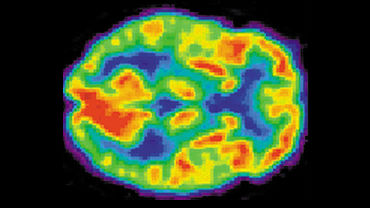What Is Autism?

Autism is a developmental disorder that appears in children in their first two or three years and is characterized broadly by two components: a deficiency in social and emotional intelligence as well as a tendency towards narrow interests and repeated behaviors. But the symptoms of the disorder are far from uniform, ranging in severity and focus. “Seeing one or two cases of autism…is often insufficient to prepare a psychologist, a developmental pediatrician, or other health professional to really provide a comprehensive diagnosis,” says Dr. Susan Wilczynski, director of the National Autism Center, as part of Big Think’s “Breakthroughs: Autism” panel.
In fact, experts have recently renamed the disorder “autism spectrum disorder” (ASD), encompassing previously distinct conditions like Asperger’s syndrome (a change that will be reflected in the forthcoming fifth version of the Diagnostic and Statistical Manual for Mental Disorders, the Bible of the psychiatric profession). Approximately 1% of American children exhibit some symptoms of an ASD.
What causes autism is still unknown, though scientists have posited vague theories. Big Think panelist Dr. Gerald Fischbach, Scientific Director of the Simons Foundation Autism Research Initiative, believes that the issue is one of connectivity among brain areas: “It’s how these regions talk to each other and how they interact that is just not quite right,” he says. UCLA professor Dr. Susan Bookheimer agrees, adding that “areas of the brain that are far from each other are not as well connected, whereas areas of the brain that are very close to each other seem to be over-connected.”
More Resources
—”Autism Spectrum Disorder Facts,” Centers for Disease Control and Prevention.
—CNN Health article detailing what is and isn’t known about the disorder.
—Wired Magazine article illuminating the debate over the upcoming DSM-5, with an infographic about the changing definition of autism and other mental disorders over the past century.
The views expressed here are solely those of the participants, and do not represent the views of Big Think or its sponsors.



